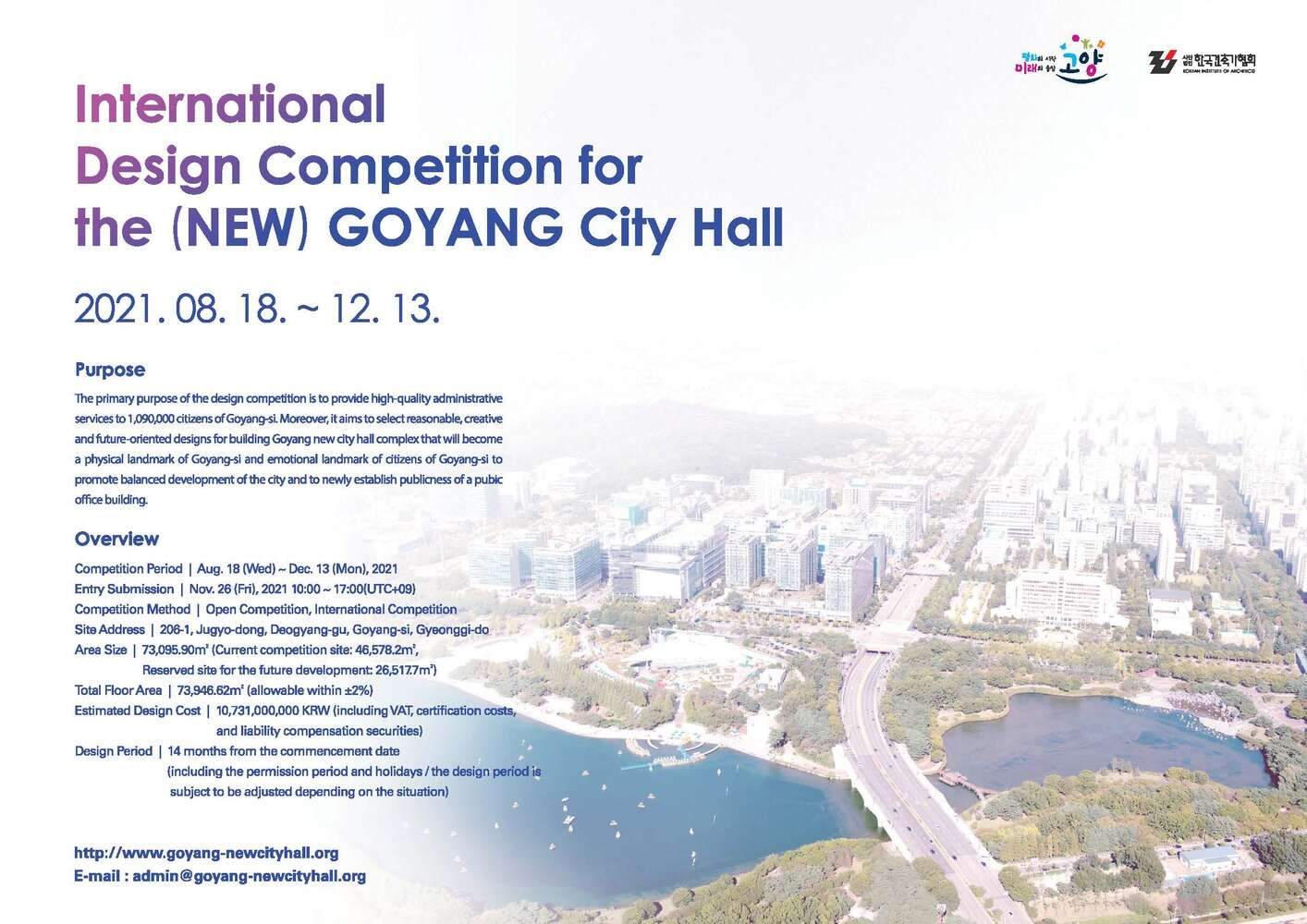Breaking the Cycle: Designing for a Community Justice Centre
BREAKING THE CYCLE: DESIGNING FOR A COMMUNITY JUSTICE CENTRE
Society’s standard institutions and approaches to justice are being challenged within the context of social unrest, systematic racism and discrimination, and violent protests. this court system, with long waits for trials, high rates of recidivism, harsh sentences for minor infractions, failure to rehabilitate offenders, and therefore the overrepresentation of certain racial groups is one among these institutions being challenged.
New models are evolving that rethink how the criminal justice system operates. These models require a commensurate evolution in building typology that serves and symbolizes these changes while positively enhancing the connection between justice and community. One example of this new typology is that the Community Justice Centre.
Community Justice Centres (CJCs) move justice faraway from the rigid hierarchy of the normal courthouse into a more informal community setting. they carry together justice, health and social services for vulnerable accused people and their communities so as to supply a holistic, fair and integrated approach to the judicial process. CJCs improve outcomes by applying restorative approaches to justice that specialise in addressing the basis causes of the crime, repairing the harm caused to victims and therefore the community, helping to breaking the cycle of offending and improving community safety.
The Canadian Academy of Architecture for Justice (CAAJ) invites architecture students to take a position on these issues during a design competition for a replacement Community Justice Centre. Submissions are welcomed from either studio groups or individuals. the planning are going to be evaluated by a jury of justice experts, architects and industry professionals. Participants are highly encouraged to explore a good spectrum of architectural responses from functional and practical at one end to philosophical and social at the opposite – including ways during which this building might be integrated into the community and act as a catalyst for building a positive relationship between the justice centre and therefore the community it serves.
—-
ELIGIBILITY
This is an international competition. We welcome students worldwide to enter Participants must be currently enrolled in a school of architecture.
STUDENT MUST REGISTER HERE
Winners will be expected to provide proof either consisting of a recent transcript or letter from the school explaining your status.
Students who are taking time off from their studies to seek work experience but remain in the process of becoming an architect are also eligible to apply.
Students in their final year who might have completed their studies after January 2021 but before the submission date are still eligible.
——
PRIZES
1ST PRIZE: $3,000 CDN
2ND & 3RD PRIZES: $1,000 CDN
Winning entries will be featured on the CAAJ website Winning individual / team members will be provided with electronic certificates Prize awards are generously provided by the Royal Architectural Institute of Canada (RAIC) Foundation and will be issued to winners via electronic bank transfer
——
JURY
AMAURY GRIEG | Renzo Piano Building Workshop
DAVID CLUSIAU | NORR, CAAJ Chair
ELSA LAM | Editor, Canadian Architect
JULIUS LANG | Community Justice Expert, former Sr. Advisor at Center for Court Innovation
JACOB M. KUMMER | NORR, CAAJ Communications, Digital Design & Competition Co-chair
JULIAN JAFFARY | Justice Architecture Specialist, CAAJ Treasurer, AIA Liaison & Competition Co-chair
DEADLINE FOR SUBMISSION: 23:59 EASTERN TIME – JUNE 15, 2021
RESULTS ANNOUNCED: AUGUST, 2021
SUBMISSIONS TO BE UPLOADED HERE
COMBINED FILE SIZE MUST NOT EXCEED OF 10MB






